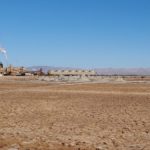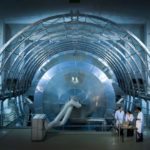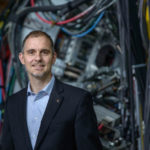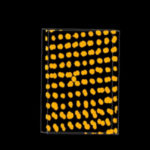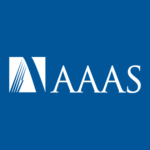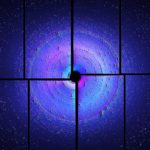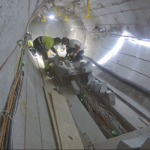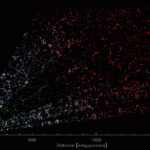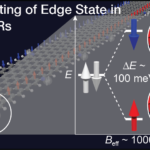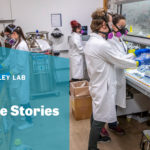The Salton Sea geothermal field in California potentially holds enough lithium to meet all of America’s domestic battery needs, with even enough left over to export some of it. But how much of that lithium can be extracted in a sustainable and environmentally friendly way? And how long will the resource last? These are just a few of the questions that researchers hope to answer in a new project sponsored by the U.S. Department of Energy.
Latest News
Berkeley Lab Researchers, Computational Facilities Play Key Role in Barrier-Breaking Neutrino Mass Measurement
An international research team that includes Lawrence Berkeley National Laboratory (Berkeley Lab) scientists has established a new upper limit of 0.8 electron volts (eV) for the mass of the neutrino, a milestone that will bear on future discoveries in nuclear and particle physics, and cosmology.
Reiner Kruecken to Lead Berkeley Lab’s Nuclear Science Division
Reiner Kruecken, a nuclear physicist and Deputy Director for Research at TRIUMF, Canada’s particle accelerator center, has been selected to serve as the next Division Director of Lawrence Berkeley National Laboratory’s (Berkeley Lab) Nuclear Science Division. His appointment will be effective in May. The announcement follows an international search.
With a Little Help, New Optical Material Assembles Itself
A research team led by Berkeley Lab has demonstrated an optical material that self-assembles from tiny concentric nanocircles. Their work could enable the large-scale manufacturing of nanocomposites for fiberoptic telecommunications systems as well as for buildings, automobiles, and aerospace.
Three Berkeley Lab Scientists Receive AAAS Fellowship
Three staff researchers and one affiliate have been elected into the 2021 class of the American Association for the Advancement of Science
Crystallography for the Misfit Crystals
As the name implies, crystallography requires crystals – specifically, purified samples of the molecule of interest, coaxed into a crystal form. But most molecules form powders composed of jumbled granules, not picture-ready crystals. A new computer algorithm, combined with a state-of-the-art laser, can adapt X-ray crystallography for the many not-so-neat-and-tidy compounds that scientists seek to study.
National Labs Support Safe Nuclear Waste Disposal by Studying Safety Material for Underground Sites
Geoscientists from Berkeley Lab and two other DOE National Laboratories, Sandia and Los Alamos, are collaborating on the HotBENT project. This international field experiment is evaluating how well the natural, clay-based material (bentonite) placed around canisters of buried, high-level nuclear waste retains its safety functions when exposed to simulated long-term heating.
Dark Energy Spectroscopic Instrument (DESI) Creates Largest 3D Map of the Cosmos
The Dark Energy Spectroscopic Instrument (DESI) has capped off the first seven months of its survey run by smashing through all previous records for three-dimensional galaxy surveys, creating the largest and most detailed map of the universe ever.
Technique Tunes Into Graphene Nanoribbons’ Electronic Potential
Researchers at Berkeley Lab and UC Berkeley have discovered how to directly measure the unique magnetic properties of superthin graphene nanoribbons. The breakthrough could lead to high-speed, low-power nanoscale data storage technologies.
Berkeley Lab’s Top 10 Science Stories of 2021
Dealing with our climate crisis continues to be top of mind, although batteries, magnets, and exotic elements also captured the imagination.


